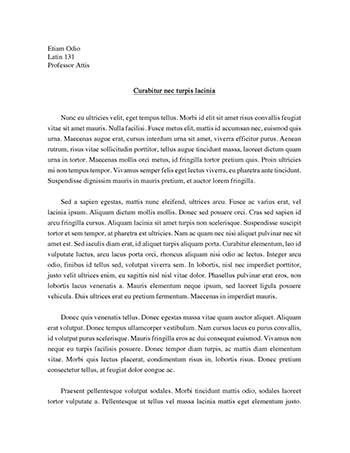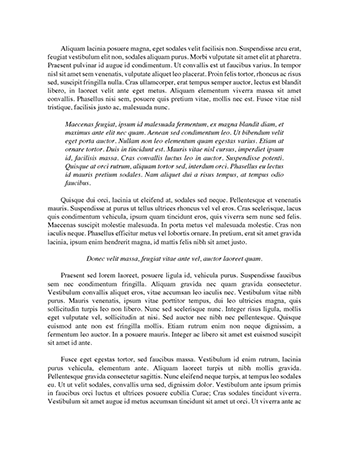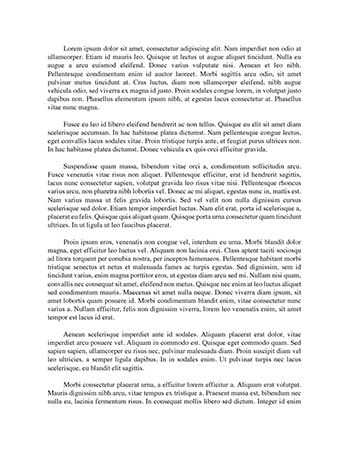
Property Right Essay
In a well-known legal case, a classic conflict of property rights was featured. Red cedar trees, used only for ornamental purposes, carried a disease that could destroy apple orchards within a radius of two miles. There was no known way of curing the disease except by destroying the cedar trees or by ensuring that apple orchards were at least two miles away from the cedar trees. Apply the Coase theorem to this situation. Does it make any difference to the outcome whether the cedar tree owners are…
Words 1382 - Pages 6


